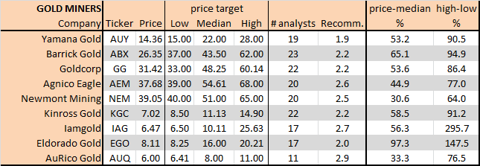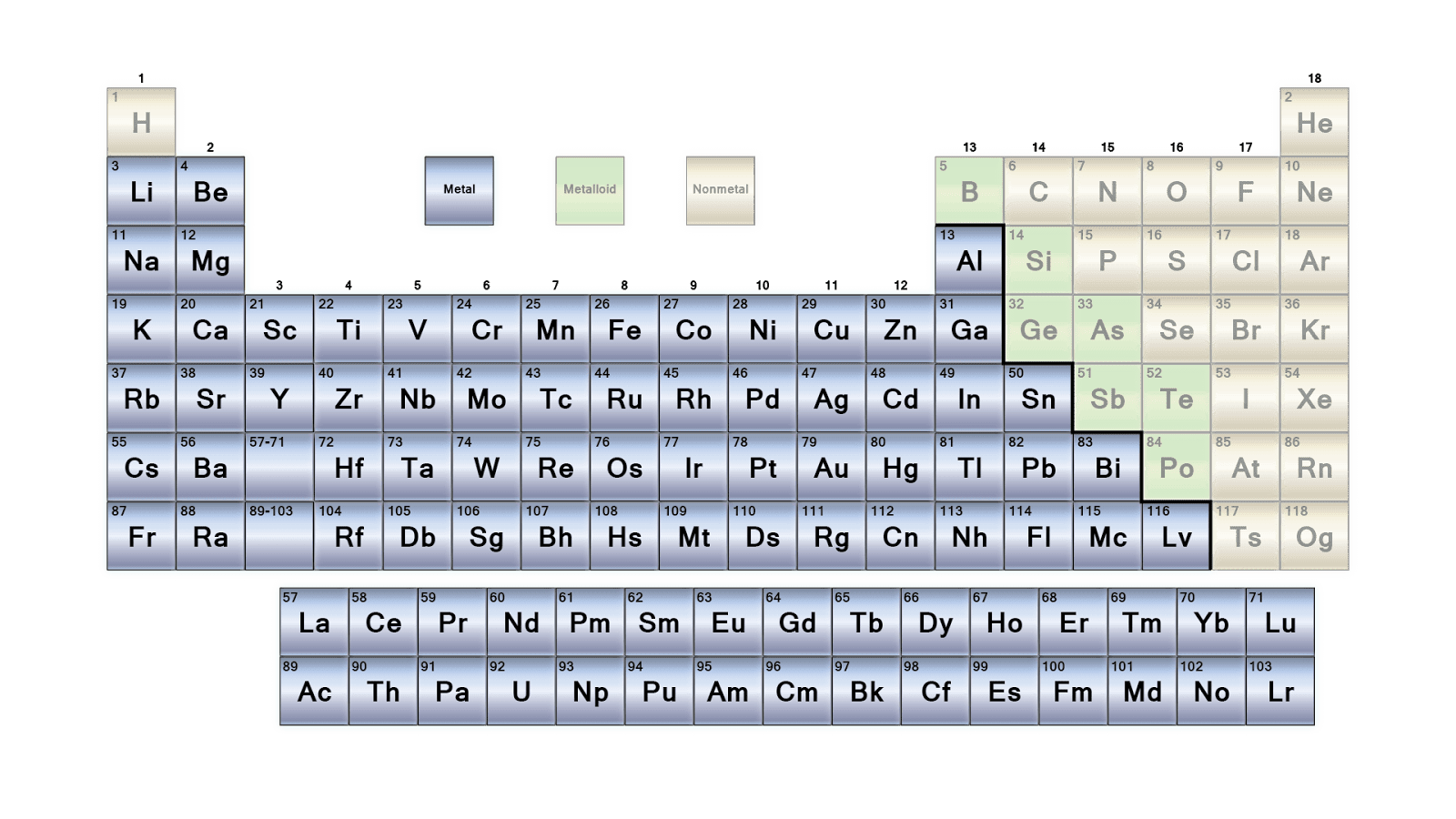

recycling industry contributes $116.8 billion in economic output to the national economy.

The high acceptance of the process by manufactures to procure raw materials to manufacture finished goods without affecting their properties and the presence of laws and regulations enforced by governments are accelerating the market growth. Increase in urbanization and industrialization is one of the major factors driving the growth of the metal recycling market.

more than a million people are employed by a recycling industry that generates $236 billion per year. In addition, recycling metals help the industry to create the jobs and also contribute to the economy of the country. Thus, fast-paced urbanization results in increased government and consumer spending in residential and infrastructure construction, which significantly boosts the growth of the metal recycling market. Increase in urbanization and rise in industrialization result in rapid development of the economies, which boosts the demand for global metal recycling market. Rise in construction activities across various regions such as Europe & Asia-Pacific are expected to fuel the global metal recycling market growth. Metals are used in various industry verticals such as building & construction, packaging, automotive, industrial machinery, and shipbuilding industry. This recycled metal can be used to make products such as bar, ropes, and poles. Metal recycling is the process of taking waste metal, processing it and creating a new material from it. The process is carried out to reduce greenhouse gas emission, manage energy consumption and conserve natural resources. Metal recycling is defined as the reprocessing of scrap metal into valuable products. The halted manufacturing in industries and prolonged lockdown in various countries due to the COVID-19 pandemic has affected the metal recycling market. The global metal recycling market size was $217.0 billion in 2020 and is expected to reach $368.7 billion by 2030, registering a CAGR of 5.2% from 2021 to 2030.


 0 kommentar(er)
0 kommentar(er)
